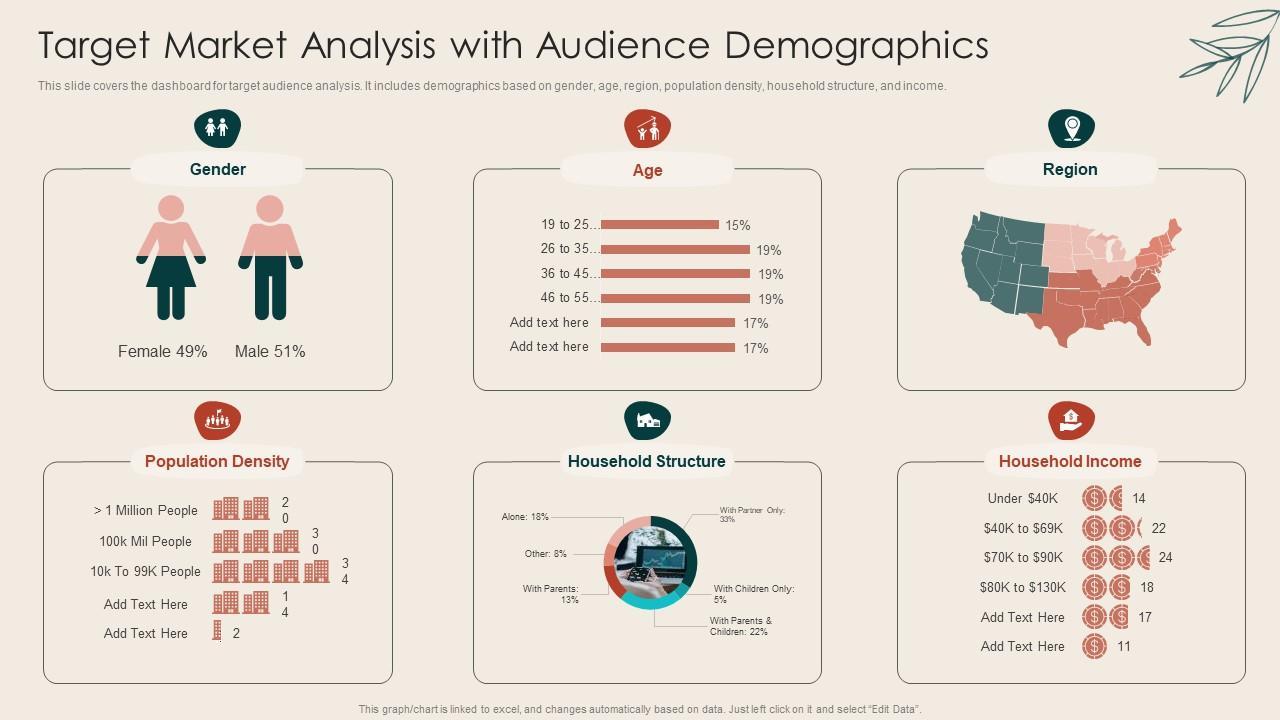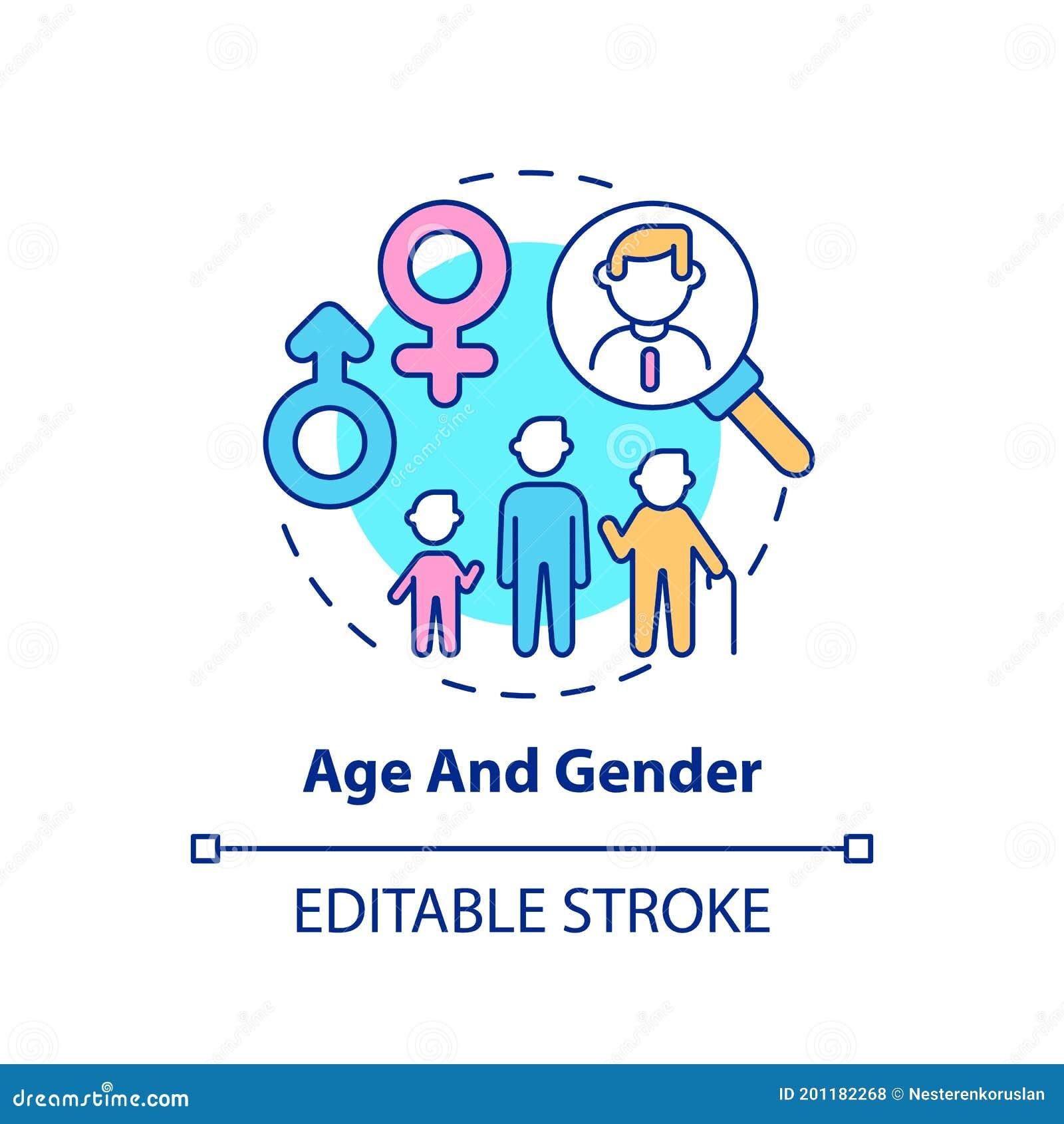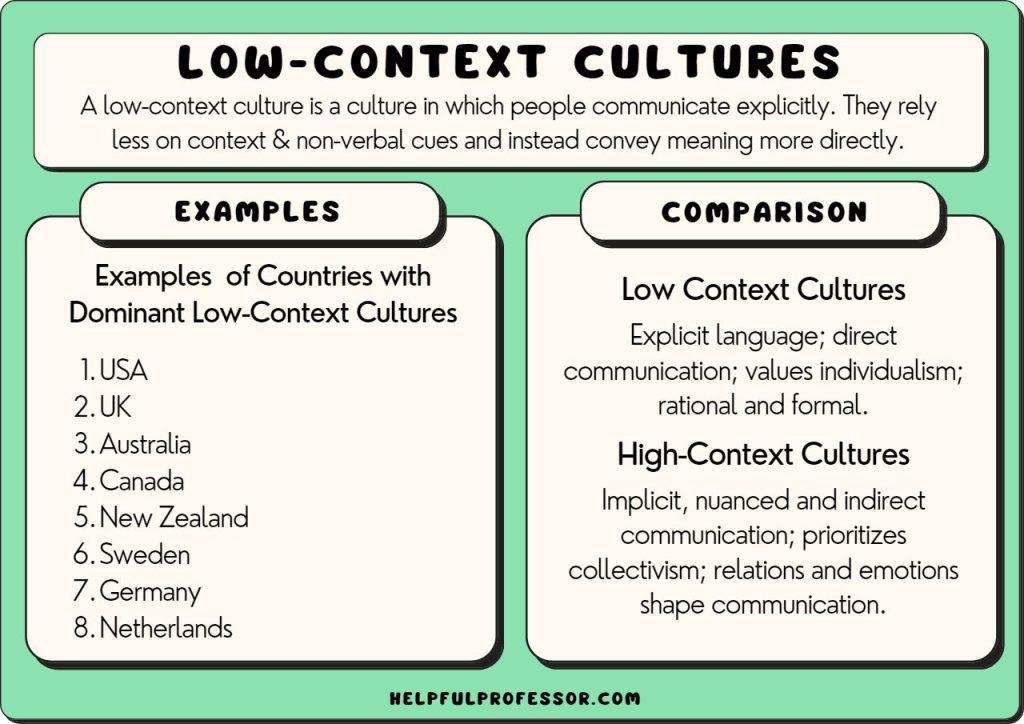
In a world saturated with messages vying for attention, the ability to navigate the complex landscape of influence has never been more crucial.As brands compete for consumer loyalty and content creators strive to engage their audiences, understanding the intricate layers of audience demographics emerges as a powerful tool in the arsenal of effective interaction. From age and gender to cultural background and socioeconomic status, these demographic factors shape not just preferences but also perceptions, values, and behaviors.In this article, we will delve into the multifaceted role that audience demographics play in shaping influence, unraveling the threads that connect creators to their audiences and exploring how insights into demographics can lead to more resonant and impactful messaging.Join us as we decode the art of influence through the lens of those it aims to reach.
Understanding the Landscape of Audience Demographics
In the realm of influence,understanding audience demographics is essential for crafting messages that resonate.Key elements such as age, gender, location, and income level play crucial roles in shaping consumer behavior and preferences.By analyzing these factors, marketers can tailor their strategies more effectively to reach the right audience with the right message. As an example, younger demographics might gravitate toward platforms like TikTok, while older audiences may prefer Facebook or email communication. Focusing on these distinctions enables influencers and brands to tailor their content, ensuring it is relevant and engaging.
Moreover, diving deeper into the psychographics of an audience—such as interests, values, and lifestyles—provides a holistic view that transcends mere statistics. Consider the following aspects when refining your audience persona:
- Interests: What hobbies or topics does your audience engage with?
- Values: What beliefs or principles guide your audience’s decisions?
- Lifestyles: How do daily routines and habits affect their purchasing choices?
This nuanced approach not only enhances the relevance of content but also fosters authentic connections between brands and their audiences. To visualize how different demographics can influence marketing strategies,consider the following table:
| Demographic Factor | Implications for Marketing |
|---|---|
| Age Group | Preference for platforms and types of content. |
| Gender | Influences product design and messaging tone. |
| Location | Affects cultural nuances and regional trends. |
| Income Level | Differentiates between luxury and budget-amiable options. |

The Impact of Age and Gender on Influence Dynamics
Understanding the multifaceted dynamics of influence requires dissecting the roles of age and gender within an audience. Different age groups exhibit distinct preferences and responses to various influences, which can substantially impact engagement strategies. As an example, younger audiences may lean towards interactive and visual content, while older demographics might prefer well-researched articles and expert opinions. Here are some key observations:
- Gen Z: Highly responsive to social media trends and authenticity.
- Millennials: Value experiences and peer recommendations.
- Baby Boomers: Appreciate informative content and traditional media.
Gender also plays a pivotal role in shaping influence dynamics. Research consistently shows that men and women may engage with and respond to content in varied ways. as a notable example, studies reveal that men frequently enough gravitate towards content that emphasizes success and competition, while women may lean towards narratives that focus on collaboration and community. A comparative framework helps illustrate the nuances:
| Gender | Content Preference | Engagement Style |
|---|---|---|
| men | Success-driven, competitive | Direct interaction |
| Women | Collaborative, community-focused | Conversational engagement |

Cultural Context: Tailoring Messaging for Diverse Audiences
In today’s interconnected world, understanding the diverse cultural contexts of your audience is crucial for effective communication. Each demographic group possesses unique values, beliefs, and experiences that influence how they receive messages. by tailoring your messaging to reflect these differences, you can foster deeper connections and enhance engagement. Consider the following factors when crafting your content:
- Language Nuances: Different audiences may prefer specific vernacular or dialects.
- Cultural References: Relevant symbols, idioms, or stories can resonate differently across cultures.
- Values and beliefs: Acknowledge the core principles that are significant to your audience.
- Communication Styles: Be aware of varying preferences for directness, humor, or formality.
Moreover, utilizing tools like demographic segmentation can help in assessing the appropriate messaging approach. For instance, creating tailored campaigns can maximize relevance while minimizing misinterpretation. Below is a simple table showcasing different audiences and preferred messaging styles:
| Demographic Group | Preferred messaging Style |
|---|---|
| Millennials | authentic and relatable storytelling |
| Baby Boomers | Clear, informative content with traditional values |
| Gen Z | Visually engaging and digital-first approaches |
| Multicultural Communities | Inclusive language and culturally rich references |

Strategies for Engaging and Retaining Target Demographics
To successfully engage and retain your target demographics,it’s crucial to create personalized content that resonates with their unique interests and preferences. Start by leveraging data analytics to gain insights into their behaviors, needs, and motivations.Implement strategies such as segmenting your audience based on demographics, interests, and engagement levels. This segmentation allows you to tailor your messages, ensuring they speak directly to the values and aspirations of each group. Moreover, consider incorporating multimedia elements into your campaigns, such as videos, infographics, and interactive content, as these formats frequently enough resonate more strongly with younger audiences and can increase engagement rates.
Another effective approach is to foster community engagement through social media platforms. Create exclusive content or events, such as live Q&A sessions, webinars, or giveaways, to build excitement and keep your audience connected. by encouraging users to participate in discussions and share their experiences, you enhance their sense of belonging and loyalty to your brand. Additionally, regularly solicit feedback to not only show that you value their opinions but also to adapt your strategies based on their responses. Below is a simple table that outlines potential engagement strategies:
| Strategy | Description | Target audience |
|---|---|---|
| Content personalization | Customize messages and materials to meet audience preferences. | All demographics |
| Social Media interaction | Engage directly with your audience through comments and live events. | Millennials & Gen Z |
| Feedback Mechanisms | Use surveys and polls to gather audience input and adapt offerings. | All demographics |
| Exclusive Offers | Create special promotions for loyal followers to encourage retention. | Returning customers |
Final Thoughts
understanding the complex tapestry of audience demographics unlocks a wealth of knowledge about influence and engagement. As we peel back the layers of age, gender, ethnicity, and socioeconomic status, we not only enhance our ability to communicate effectively but also foster connections that resonate on a deeper level. The power of influence is not just in the message itself but in the careful consideration of who receives it.
By decoding influence through the lens of demographic insights, we position ourselves to craft narratives that are not only informative but also impactful. As we move forward in an ever-evolving landscape of communication, let us embrace the nuances of our audiences—celebrating diversity and acknowledging the unique perspectives that each demographic brings to the conversation. In doing so, we not only enrich our understanding but also pave the way for a more inclusive and empathetic approach to influence.
Ultimately, the art of connection lies in recognizing that behind every statistic is a story, and in each story lies the potential to inspire action and foster change. As we continue to navigate the realms of influence, let us remain committed to decoding the dynamics of our audiences, for therein lies the true essence of effective communication.